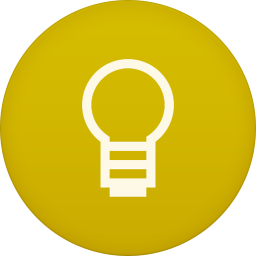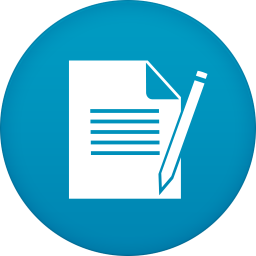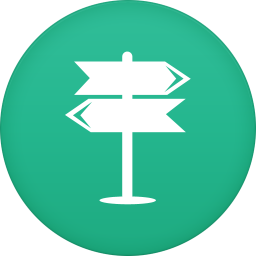
Learning Outcomes
- Understand how sounds can be categorised based on how they are produced.
- Explore how we produce the different sounds in our language
- Describe the role of syllables and syllable structure in language
- Explore the presence of phonological rules in various languages

Activities for week 2
- Read Chapter 2
- Describing Sounds
- The Articulatory System
- Consonants
- Vowels

Activities for week 3
- Read Chapter 2
- Syllables
- Phonological Rules

Learning Activities
Living Language
Consider some words in your language and try to syllabify them. Think of what phonemes occur in the onset, nucleus and coda of these syllables. Can you come up with long onsets and codas in your language? Ask a friend who speaks another language to do the same. Are there any differences between your languages’ syllable structure?
Living Language
Consider how to pronounce the /t/ when it appears between two vowels as in ‘butter’ or ‘notable.’ You will notice that most people in North America will not produce a hard [t] sound but a flap consonant [ɾ]. So /bʌtɚ/ becomes [bʌɾɚ] (the [ɚ] is a vowel with a rhotic or ‘r’ quality). What other examples can you think of in how you make systematic changes to phonemes when you speak?
H5P Activity: Parts of the Vocal Tract
H5P Activity: Places of Articulation
